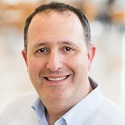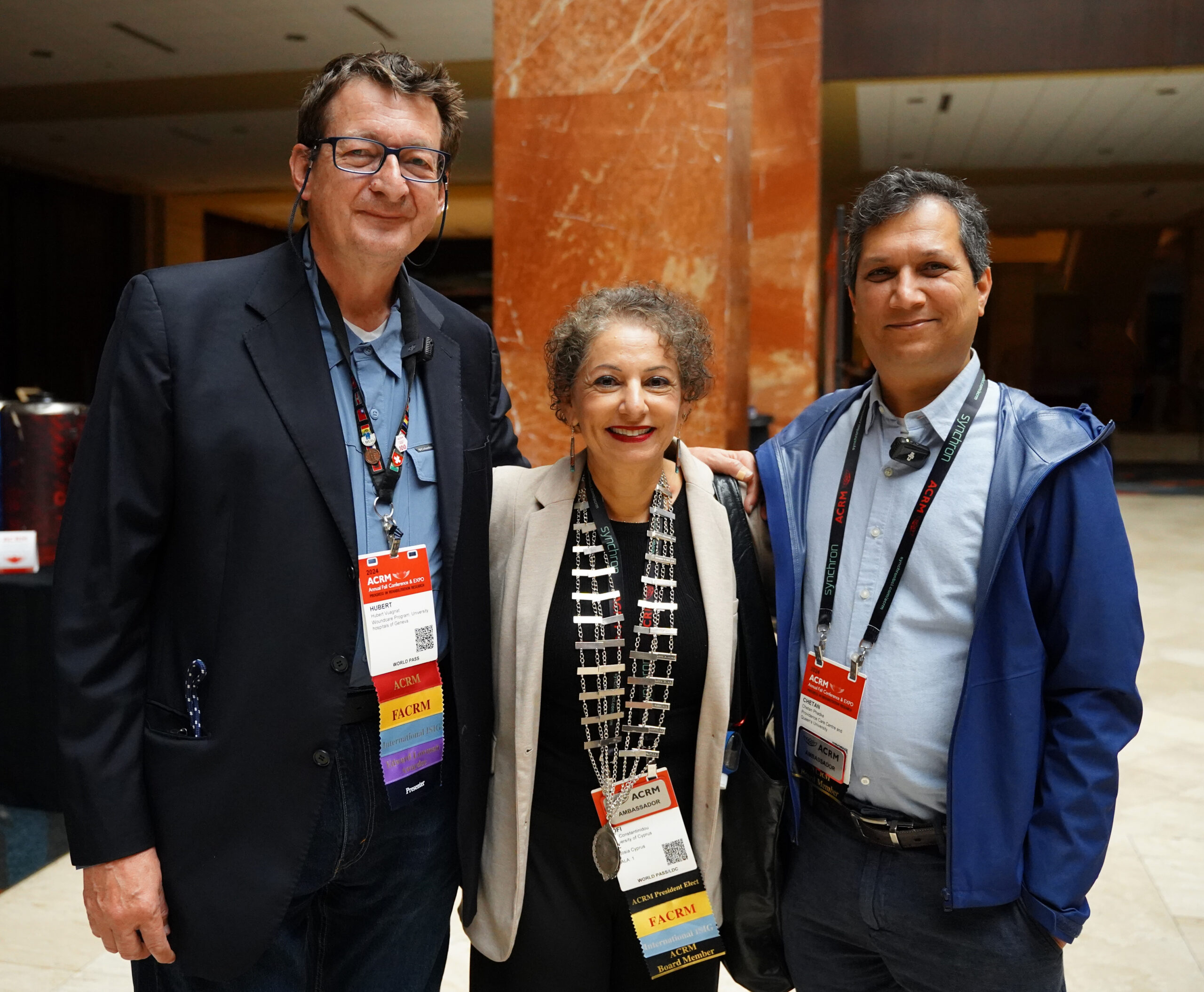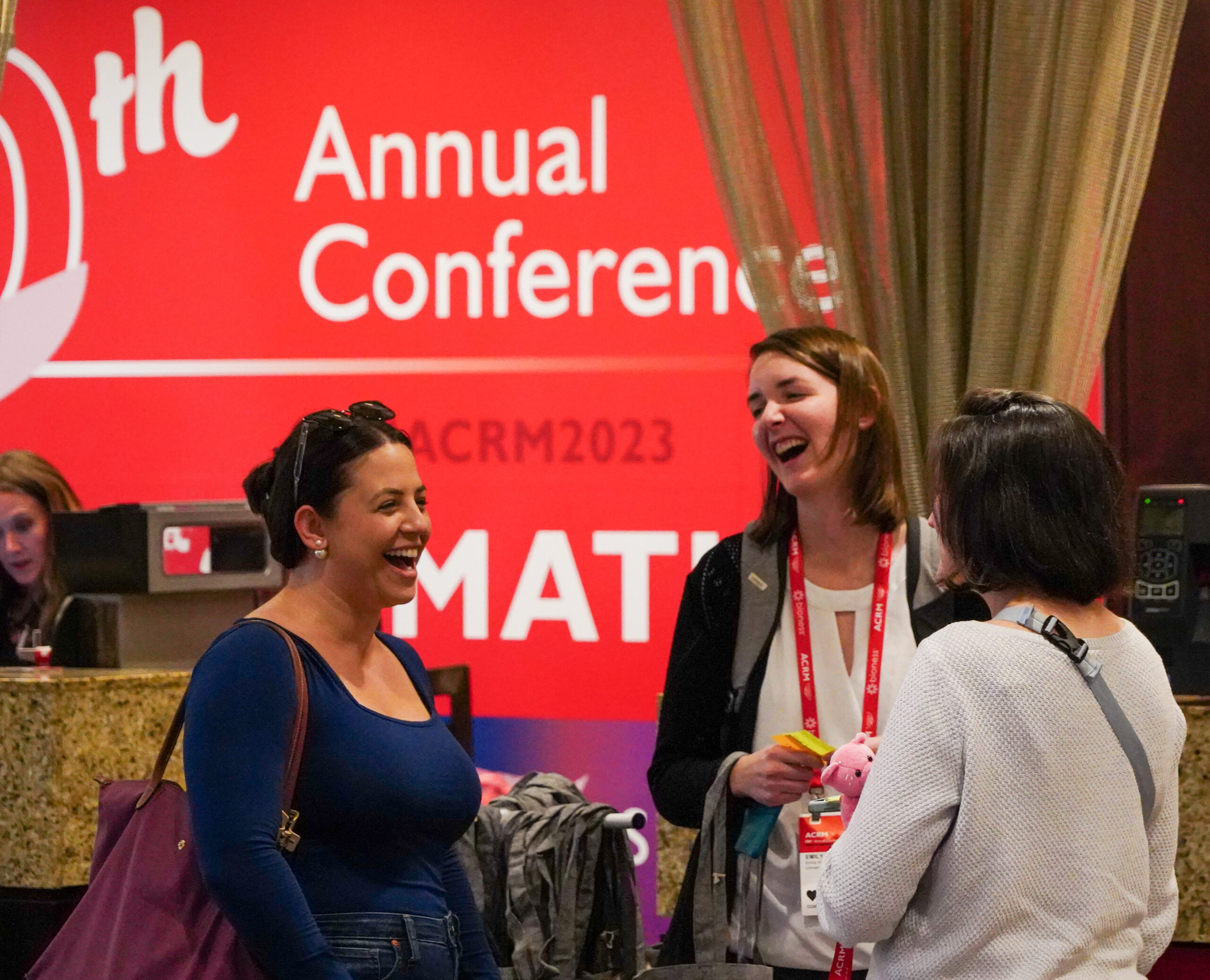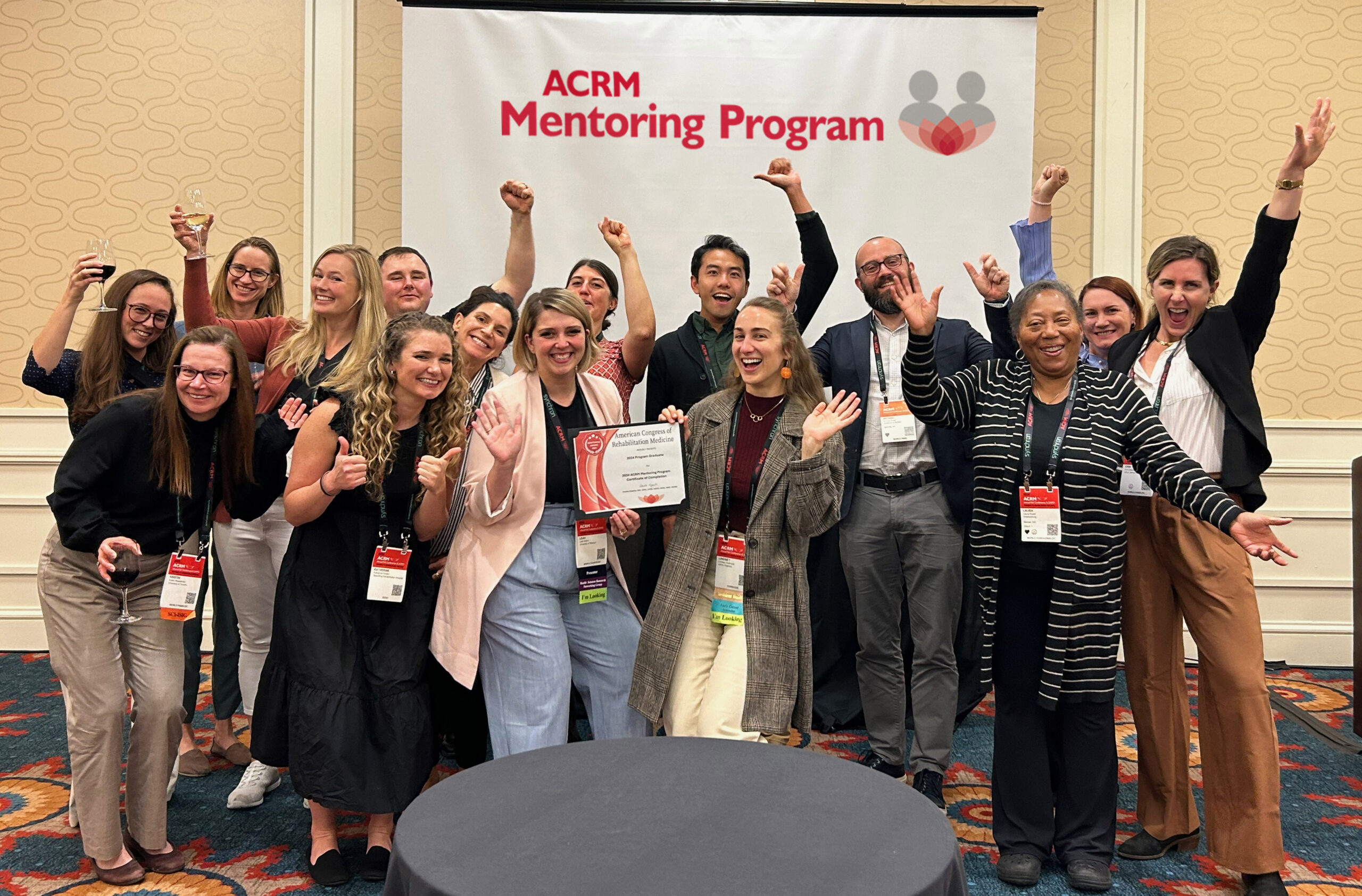
Member Spotlight on Todd Levy
What’s your current position? How long have you been in this position?
Clinical Specialist, Occupational Therapy
Center for Rehabilitation, Pediatric Stroke Program, Hand Transplantation Program
Children’s Hospital of Philadelphia
I have been at CHOP since March 2003
What got you involved in Pediatric Rehabilitation?
My childhood dream of becoming a veterinarian evolved into working with children as I began to appreciate my mother’s role as kindergarten teacher. I was surrounded by family who valued children. Undergraduate classes in developmental psychology and biopsychology cemented my academic interest in the developing brain. Initially I anguished over two pathways, research and clinical. While working in Dr. C. Robert Almli’s Developmental Neuropsychobiology Lab at Washington University School of Medicine I was surrounded by a diverse group of students and professionals studying neuroscience, occupational therapy, neuropsychology, psychology, and other disciplines. There were many people and experiences along the way that led me to focus on a field that would allow me to spend most of my time helping people to realize their goals, occupational therapy. Over time I realized there are many ways to make an impact on the field on a more macro level.
What motivates you most about Peds Rehab? What are you most excited or passionate about?
The kids inspire my career and my life in general. We all have good days and bad days at work, but the kids are a constant source of positivity in my life. My current passion project is “Camp All Hands on Deck”, an intensive bimanual therapy program employing a summer camp model and Andy Gordon’s Hand-arm Bimanual Intensive Therapy (HABIT). The children, caregivers, therapists, and volunteers that makeup this program fuel my drive to translate research into practice. I view bimanual therapy as good old-fashioned occupational therapy supported and enhanced by the scientific rigor applied by people like Andy Gordon, Brian Hoare, and Bob Almli. Bringing this program to fruition in the clinic is truly a dream. It can’t get much better than that for me!
What is your biggest pet peeves related to your field, things you’d like to change how they’re done?
Occupational Therapy and the larger Rehabilitation community draws altruistic, creative, and deeply caring individuals. I am fortunate and proud to be surrounded by such people. Balancing the drive to immediately help the person in front of us with scientific rigor is a major challenge for our field. I suppose my pet peeve is settling for the status quo or doing what we do because our mentors did so. I dream of our interdisciplinary field of Rehabilitation matching the advances of fields like neonatology and cardiology so that we can improve the quality of life of our patients in tandem with life expectancy.
Can you share some of the ongoing projects you work on and think the Pediatric Rehabilitation Networking Group would be interested to find out about?
I am humbled by the membership of our new Pediatric Stroke Task Force under the Stroke ISIG. Our group is comprised of a very special combination of physicians and allied health researchers and clinicians dedicated to a cause worthy of greater attention. Our ambition requires collaboration with the BI-ISIG, ACRM at large, and the greater rehabilitation community. For example, we will need to draw upon and expand the work of other ACRM members in the area of cognitive rehabilitation.
The first pediatric bilateral hand transplantation performed by surgeons at CHOP in collaboration with Penn Medicine and Shriner’s Hospital for Children in 2015 opened new doors. This was not something I had imagined. For me, this drove home the idea that rehabilitation must take a leap forward to keep pace with other fields of medicine. Our hand transplantation team looks to rehabilitation professionals to ensure the biomechanics of this type of surgery translate to real and measurable improvements in quality of life.
Any final reflection you would like to share with your peers?
We are stronger as a community. Our common ground is clear. For the most part I have been fortunate to work with interdisciplinary and transdisciplinary minded individuals. In my experience, there is a fine line between advocating for one’s profession and the greater good of the patient we all care for. I like to think we are all therapists, each drawing upon a myriad of life and academic experiences to improve the lives of our clients in our way. We strengthen our respective teams by sharing our strengths and weaknesses with one another. The boundaries between rehabilitation disciplines will continue to blur and it is up to us to make this a strength.









